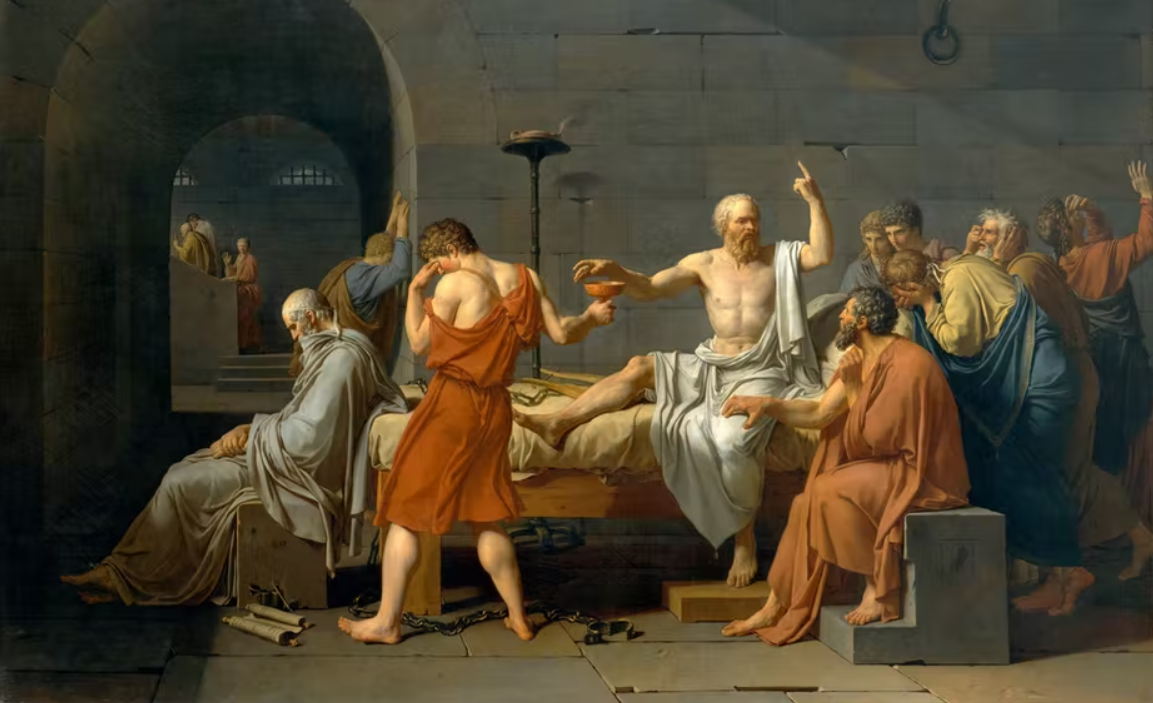Maria Montessori was an Italian physician and educator who developed a unique approach to early childhood education known as the Montessori method. Her approach is grounded in the belief that children are naturally curious and possess an innate desire to learn. Montessori’s theory is based on the idea that children learn best through exploration, self-discovery, and hands-on experiences.
The Montessori Method
The Montessori method is a child-centered educational approach that emphasizes freedom within limits. Children are encouraged to explore their environment and learn through self-directed activities, while the teacher serves as a facilitator, guiding the child’s learning rather than dictating it.
The Montessori classroom is carefully designed to foster independence, self-discipline, and a sense of order. Children are free to move about the classroom and choose their own activities, which are typically arranged on low shelves to make them easily accessible. The activities are designed to be self-correcting, so that children can learn from their mistakes and develop problem-solving skills.
Montessori Materials
Central to the Montessori method are the specially designed materials that are used to facilitate learning. Montessori materials are typically made from natural materials such as wood, metal, and fabric. They are designed to be aesthetically pleasing and to appeal to the senses, with bright colors, varied textures, and interesting shapes.
The materials are arranged in a specific sequence, with each activity building on the skills learned in the previous one. For example, a child might start with a set of wooden blocks and progress to a set of colored beads, which can be used to learn math concepts such as addition and subtraction.
The Role of the Teacher
In the Montessori method, the teacher plays a crucial role in guiding the child’s learning. Rather than lecturing or directing the child’s activities, the teacher observes the child and provides guidance and support as needed. In this approach, the role of the teacher is crucial, as they play a critical role in creating a nurturing environment that fosters independence, creativity, and curiosity.
In the Montessori classroom, the teacher is often referred to as a guide or facilitator. They observe the children’s interests, needs, and abilities and use that information to create an individualized learning plan for each child. The teacher’s primary responsibility is to create an environment that is conducive to learning, where children can feel safe and free to explore and discover.
One of the essential roles of the teacher in the Montessori method is to provide guidance and support to children as they navigate their learning journey. The teacher helps children to develop their self-confidence and independence by providing the necessary tools and resources they need to explore their interests and passions.
The teacher is also responsible for creating a classroom culture that encourages collaboration and respect. In the Montessori classroom, children are encouraged to work together and learn from each other. The teacher facilitates this by creating opportunities for group work and ensuring that each child has an equal opportunity to participate.
Another crucial role of the Montessori teacher is to model positive behavior and attitudes. Children learn by observing the adults around them, and the teacher sets the tone for the classroom. The teacher demonstrates respect, kindness, and patience, which helps children to develop these qualities themselves.
In conclusion, the role of the teacher in the Montessori method is critical. They create a safe and nurturing environment that encourages children to explore, discover, and learn. The teacher provides guidance, support, and resources that help children develop their self-confidence and independence. They model positive behavior and attitudes and create a culture of collaboration and respect. By playing these roles, the teacher helps children to develop into confident, creative, and curious learners.

